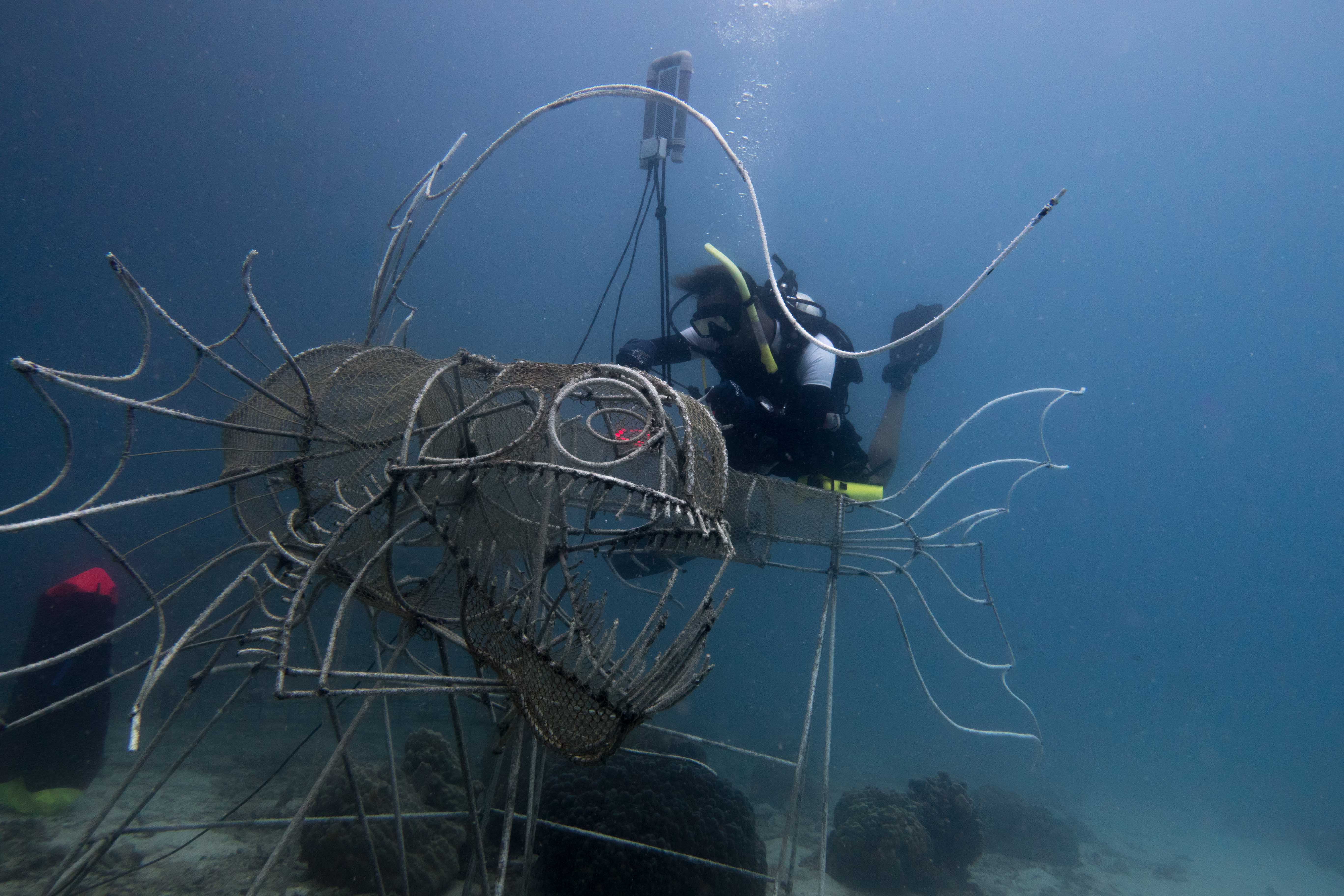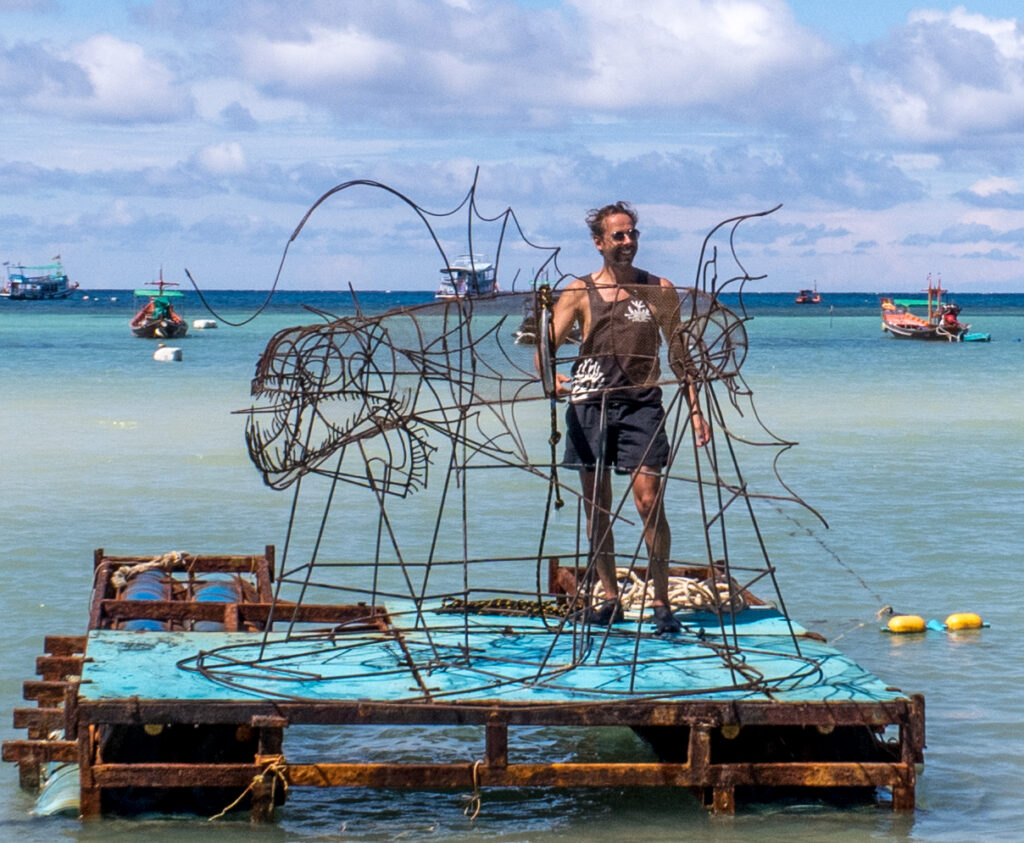The Electric Viperfish – Love is Blind
After the release of the critically acclaimed documentary Chasing Coral, public awareness about the dire state of coral reef ecosystems across the globe has never been higher. Despite the light note that the film ended on however, the outlook of the documentary was largely bleak and rightly so; the very title itself implies that coral is disappearing so quickly that we literally need to chase after what coral we have left to document and save it. As the credits rolled, in spite of the uplifting music, it was difficult to reconcile hope for a better future against the changes and challenges our planet is currently facing.

Doom and gloom are so often associated with the environmental sciences and rightly so. When most people imagine an environmental scientist, they conjure up images in their mind of a haggard, stress-worn preacher of the environmental apocalypse – a tough image to digest, and for many even tougher to relate to. The present state of our planet’s rapidly changing climate is such a seemingly insurmountable problem, that it often times acts as a deterrent towards positive action for even the most fervent of environmentalists:
“Why spend our time trying to fix what already seems so broken and beyond repair?”
This is a question many environmentalists are asking themselves right now as they weigh up whether or not they should dedicate their lives towards protecting our planet. But the road ahead certainly isn’t all dark. Some of our planet’s brightest and most passionate minds are working towards fighting this daunting fight.
For us here at the NHRCP we choose to fight too, and there is an electric light of hope for the corals of Koh Tao glowing in the distance – our latest and greatest electrified artificial reef site in Ao Leuk, created in partnership with CoralAid. Only a year old, the site has already burst into life, serving its purpose as a biologically engineered habitat to help ensure the success of the opportunistic coral fragments that have been transplanted to its surface. The survival of the transplants on the electrified structures speak for themselves, and looking across the bars of the structures it’s impossible not to feel an overwhelming sense of accomplishment. With such visible success we had all the motivation that we needed this year to create new structures for the area so that we can continue providing stable substrate for the corals and other reef life that now call this site home. If there is a future for our planet’s coral reefs this is surely one of our best options and where we should be putting our efforts.

While we were hard at work gardening the site underwater, in a workshop on the other side of the globe Bob was tirelessly working on and refining the design of his new NetV3 system and Anode setups, including a new and improved solar panel system to deploy in remote areas where running a cable from a mainland power source isn’t an option. Bob brought us a great many new toys for our artificial reefs this year and thanks to his herculean efforts, our Ao Leuk site is receiving 50 Amps, double the amperage it was at before and it shows in the now rapidly accreting CaCO3 on the cathodes. This latest NetV3 system is only operating at half power and can be dialed up, taking the entire site to a whopping 75 Amps allowing us to add much more substrate in the form of cathode material to the area without sacrificing the rate of mineral accretion. Another one of Bob’s hugely exciting contributions to marine conservation on Koh Tao is his meticulously designed electric pyramids that’d make the ancient Egyptians proud. They were painstakingly measured and welded together with the utmost care to ensure they each share the same dimensions, which will be essential given that they will serve as the basis for a new scientific study on the effects of differing voltages on the growth and success of corals on electrified reefs.
Many plans are already underway to add more sculpture and structure to the site so continue following us on our journey as we continue to fight for a future for these beautiful and fragile ecosystems.



